With Christmas less than two months away, I have started thinking about presents for the family, Christmas decorations and Christmas cards. I have also been thinking about whether the Tudors practised any of our modern traditions, like decorating a Christmas tree or singing carols.
So I thought it would be a good idea to find out what a 16th century Christmas was like and whether or not we share any traditions with the Tudors.
Let’s take a look.
In the 16th century, Christmas was a time where communities came together to celebrate and in the Tudor court, network. A time to visit your neighbours and entertain your tenants or social equals (Sim, 2009, Pg. 85).
It was a time of fasting. On Christmas Eve you were not permitted to eat meat, cheese or eggs. On Christmas day, after three masses were said, the genealogy of Christ was sung and all present would hold lighted tapers before departing for home and enjoying “their first unrestricted meal since Advent Sunday, which was four weeks earlier” (Sim, 2009, Pg. 85).
It was a time for rest. All work on the land stopped with the only exception being looking after the animals. Spinning, the prime occupation for women, was banned and ceremonial flowers were placed on the wheels to prevent their use (Historic UK). All Work recommenced on Plough Monday, the first Monday after Twelfth Night.
The twelve days of Christmas (25th December- 6th January) were all celebrated but not equally. The main three days of celebration being Christmas Day, New Year’s Day and Epiphany or Twelfth Night (Sim, 2009, Pg. 85).
Although Christmas trees made an appearance in Germany from around 1520 the Tudors did not adopt this custom. Instead they decorated their homes on Christmas Eve with holly, ivy, mistletoe, box, laurel and yew.
Carols became popular during Tudor time and were seen as a way of celebrating Christmas and spreading the word of the nativity. Winken de Worde’s Christmasse Carolles, published in 1521, is the earliest recorded published collection and includes the Boars Head Carol describing the ancient tradition of sacrificing a boar and presenting its head at a yuletide feast (Historic UK).
Just like in our modern society, Christmas had a number of dishes associated with it. In Food and Feast in Tudor England Sim describes the centrepiece of the Christmas Day meal, the boar’s Head. As mentioned above the head garnished with rosemary and bay was presented to diners and recorded in carols.
Thomas Tusser in Five Hundred Points of Good Husbandry lists a number of dishes that good housewives should prepare for their guests at Christmas. Among them are mutton, pork, veal, souse (pickled pig’s feet and ears), brawn, cheese and apples. All these items were associated with Tudor feasting in general and not specifically Christmas. Tusser also mentions Turkey in a list of other luxurious items the good housewife might provide her guests.
The turkey was first introduced into Britain in the 1520’s and Henry VIII was among the first people to eat it as part of the Christmas feast. Its popularity quickly increased as evident in the large flocks of turkey seen walking from Norfolk to London (Historic UK).
The Tudor Christmas Pie was an extraordinary dish. Imagine for a moment “a turkey stuffed with a goose stuffed with a chicken stuffed with a partridge stuffed with a pigeon. All of this was put in a pastry case, called a coffin and was served surrounded by jointed hare, small game birds and wild fowl” (Historic UK). Makes me a little queasy just thinking about it, a vegetarian’s nightmare!
The Tudors would have also enjoyed ‘minst pyes’ during the 12 days of Christmas. But unlike our pies, theirs held religious significance and included 13 ingredients representing Christ and his apostles. The ingredients typically consisted of dried fruits, spices and mutton.
On Twelfth Night the Tudors ate Twelfth cake. This was a fruitcake in which a hidden object like a coin or dried bean was hidden. If you were lucky enough to find the item in your cake you became the King or Queen for the evening and host or hostess for the night’s entertainments. A similar tradition continues in France today where a gold ring or gold figure is baked into an almond tart (Sim, 1997, Pg. 114).
Now let’s take a look at some Tudor Christmas traditions.
The Boy Bishop
This tradition took place on the 6th of December, the feast of St Nicholas or on Holy Innocent’s Day, the 28th December and involved a boy being selected from the Choir to lead the community for a short time. The Boy Bishop would perform all duties except for celebrating mass (Sim, 2009, Pg. 87). This tradition had been around since the tenth century and proved so popular that many London parishes provided them with elaborate vestments. The tradition continued until 1541 when Henry VIII banned Boy Bishops altogether (Sim, 2009, Pg. 87).
The Boy Bishop reappears again under Mary I and Elizabeth I and interestingly, is still practiced in a few churches, including Hereford and Salisbury Cathedrals, today (Historic UK).
The Lord of Misrule
Alison Sim describes the Lord of Misrule, also known as ‘King of Christmas’, as the person ‘who supervised entertainments and generally caused chaos’ (Pg. 88). Although a Christmas tradition, they were not confined to this period and were also used during summer festivities.
The Tudor monarchs often appointed their own personal Lord of Misrule. Henry VII appointed both a Lord of Misrule and an Abbot of Unreason. In 1525, Henry VIII appointed one for himself and one for Princess Mary’s household and under Edward VI, one particular Lord of Misrule had ‘an entire retinue everything from an astronomer to a Master of Requests’ (Sim, 2009, Pg. 89).
The entertainments they supervised were often rowdy and chaotic. In 1583, the ‘youth of Wooton, near Oxford, got into trouble with the archdeacon for letting the festivities get out of hand’ (Sim, 2009, Pg. 88).
It was the fear of public disorder and mayhem that led to the institution being discouraged during Elizabeth’s reign.
Travelling Plays
Plays were often performed at Christmas festivities. Alison Sim describes how “it was often cheaper to summon an existing company of actors to perform a play at Christmas before the court than it was to put on some kind of court disguising, so actors were frequently summoned to court” (2009, Pg. 161).
One such play was performed for Cardinal Wolsey at Gray’s Inn during the Christmas festivities of 1526.
Burning a Yule Log
Thought to derive from the midwinter ritual of the early Viking invaders, the tradition involved selecting a large log from the forest on Christmas Eve, decorating it with ribbons and then dragging it home to the hearth.
The log was kept burning throughout the twelve days of Christmas and it was considered lucky to keep some of the charred remains to help light the fire the following year.
Wassailing
This popular Christmas tradition was practiced throughout all levels of society and derives from the Anglo Saxon word meaning ‘your good health’. Essentially it involved a wassail bowl and a communal drink.
Although most of the descriptions of how wassail was performed date from post Tudor times, there is one surviving description from the reign of Henry VII. It paints a very formal picture; the steward and treasurer were present with their staves of office and then the steward enters with the wassail bowl, calling out “wassell, wassell, wassell” and the court responds with a song (Sim, 2009, Pg. 89).
Alison Sim believes that most wassails were probably more fun and less grand. The wooden bowl contained hot ale or cider, sugar, spices and apples, with a crust of bread at the bottom (Local Histories). The most important person in the household would take a drink and then pass it on. The crust of bread at the bottom of the wassail bowl was reserved for the most important person in the room, the origin of a modern day ‘toast’ when celebrating. Although communal drinking may sound alien to us, it was very common in Tudor times.
New Year’s Day
The Tudors believed that the new year began on March 25th and on this day held the Feast of Annunciation, “celebrating when Mary was first told of the forthcoming birth of Jesus” (Sim, 2009, Pg. 85).
The main feature of the 1st of January then was the giving and receiving of gifts. Although gift giving was popular in the upper classes there are no records of it happening in the homes of ordinary people. This is not to say that it didn’t happen, it simply wasn’t recorded. Alison Sim points out one possible exception, this mention of gift giving in a poem by Thomas Tusser:
“At Christmas of Christ many carols we sing,
and give many gifts in the joy of that king.” (Sim, 2009, Pg. 86)
In the upper classes, gift giving was of great political significance and undertaken with much ceremony evident in the fact that all royal gifts were recorded in a New Year’s Gift list. Instructions for the reception of royal gifts in Henry VIII’s court survive today and Sim describes part of the ceremony:
“The King would finish dressing on New Year’s morning, and just as he put his shoes on a fanfare would be sounded and one of the Queen’s servants would come in carrying a gift from her, followed by the servants of other important courtiers bearing their master’s gifts. The Queen, meanwhile, also received gifts in her own chamber.” (Sim, 2009, Pg. 86)
If the King accepted your gift you were held in favour but if the King rejected your gift things were not looking good for you. Perhaps the best example of this occurred in 1532 when Henry VIII accepted an exotic set of richly decorated Pyrenean boar spears as a New Year’s present from Anne Boleyn but rejected Katherine of Aragon’s gold cup (Ives, Pg. 148-149). Henry and Anne go on to wed the following year.
In 1571, the Duke of Norfolk, whilst imprisoned in the Tower of London for his involvement in the revolt of the Northern Earls, sent Queen Elizabeth a very lavish jewel as a New Year’s gift. Although impressive, Elizabeth rejected the gift and the Duke was executed on 2nd June 1572.
The New Year’s gift could also be a way of regaining royal favour. In 1580 Sir Philip Sydney angered Queen Elizabeth by writing to her and imploring her not to marry the Duc d’Alencon. But in 1581, after presenting Elizabeth with a jewelled whip to show his subjection to her will, he regained royal favour once more (Sim, 2009, Pg. 72).
After being presented with a gift, the Monarch would give a gift in return and demonstrate their generosity by ensuring the gift they gave was of more monetary value than the gift they received. In 1532 after receiving Anne Boleyn’s gift, King Henry VIII gave her “a matching set of hangings for her room and bed, in cloth of gold, cloth of silver and richly embroidered crimson satin” (Ives, Pg. 148). It was also customary for the King to give gifts to the Queen and her ladies although in the year 1532, Henry VIII decided against it.
The messengers that presented the gifts on behalf of their masters were also rewarded with money. A sliding scale determined how much the messenger received and of course depended on whether they were a knight, an esquire or an ordinary messenger (Sim, 2009, Pg. 87).
The Queen was also expected to give gifts to her ladies. In 1533, Anne Boleyn gave her ladies palfreys and saddles. The Queen’s ladies also gave the King gifts, these were generally personal items such as embroidered shirts. In 1534, Elizabeth Boleyn, Anne’s mother, gave Henry VIII a “velvet case embroidered with the royal arms, containing six collars, three worked with gold and three with silver”. Anne’s sister in law, Lady Rochford, presented the King a shirt with a collar of silver work. (Ives, Pg. 216).
So we can see that the gifts varied and could consist of anything from plate, shirts, jewels, spears or saddles. Another gift worthy of mention is Anne Boleyn’s New Year’s gift to Henry VIII in 1534. On this occasion, Anne gave the King a silver gilt table fountain almost certainly designed by Holbein. The fountain was a “pumped device which circulated rosewater into a basin so that diners could rinse their hands” (Ives, Pg. 237). The New Year Gift list describes it as
“A goodly gilt bason, having a rail or board of gold in the midst of the brim, garnished with rubies and pearls, wherein standeth a fountain, also having a rail of gold about it garnished with diamonds, out whereof issueth water at the teats of three naked women standing about the foot of the same fountain.” (Ives, Pg. 238)
We can see then that the custom of exchanging gifts at court served a political purpose. It was a way for the upper class to gain royal favour, to assert their status and show off their wealth by giving incredibly lavish gifts. It was also a way for the Monarch to show their pleasure or displeasure by accepting or rejecting gifts.
In conclusion, I think Alison Sim sums up the purpose of the Tudor Christmas perfectly when she says that in the very strictly organised Tudor society “Christmas acted as a kind of pressure-release valve, a time when everything was turned on its head” (Sim, 1997, Pg. 113). We clearly see this in the many traditions that involved some kind of role reversal. An element of freedom was given to people who were normally very tightly controlled.
References Ives, E. The Life and Death of Anne Boleyn, 2004. Historic UK, viewed October 30 2010, http://www.historic-uk.com/HistoryUK/England-History/TudorChristmas.htm Local Histories, viewed October 30 2010, http://www.localhistories.org/tudorxmas.html Sim, A. Food and Feast in Tudor England, 1997. Sim, A. Pleasures and Pastimes in Tudor England, 2009.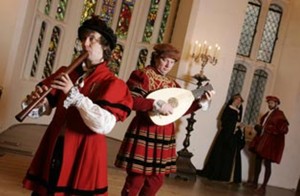


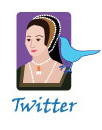




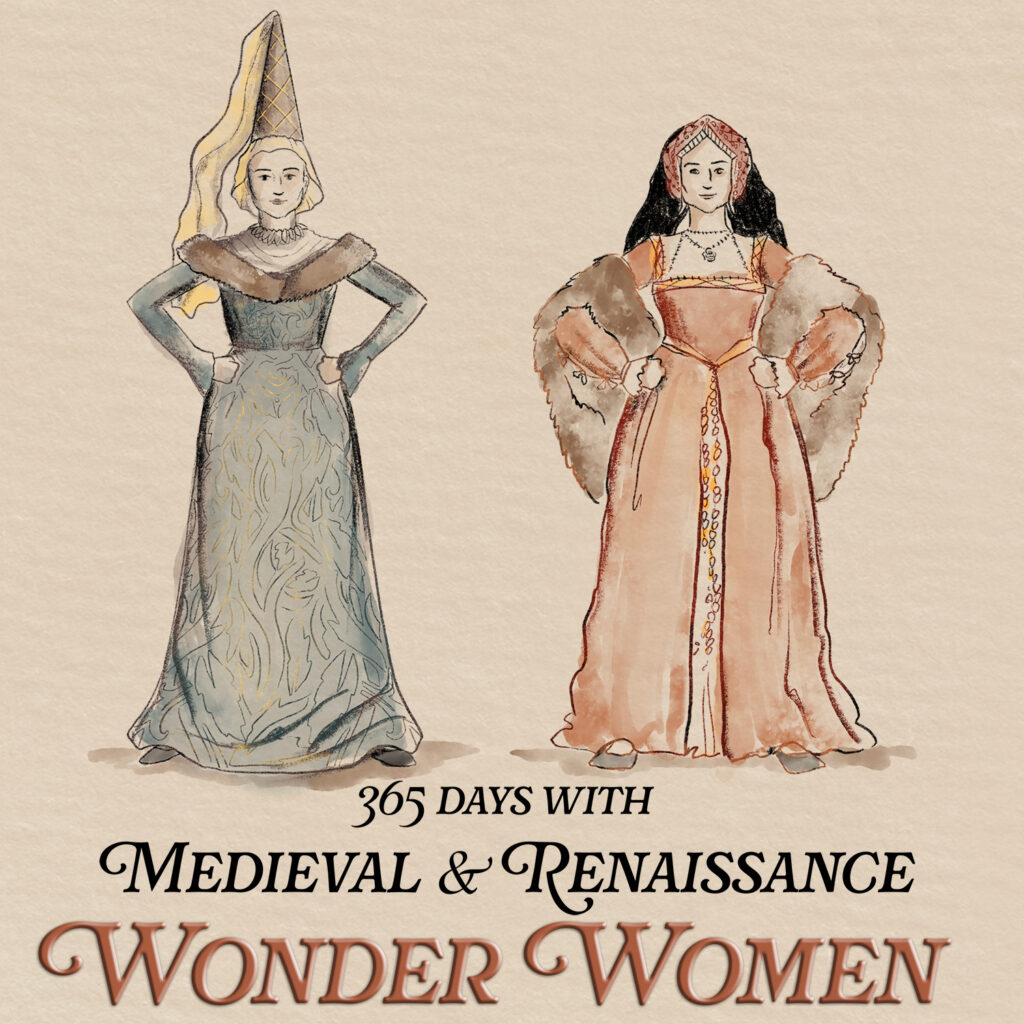
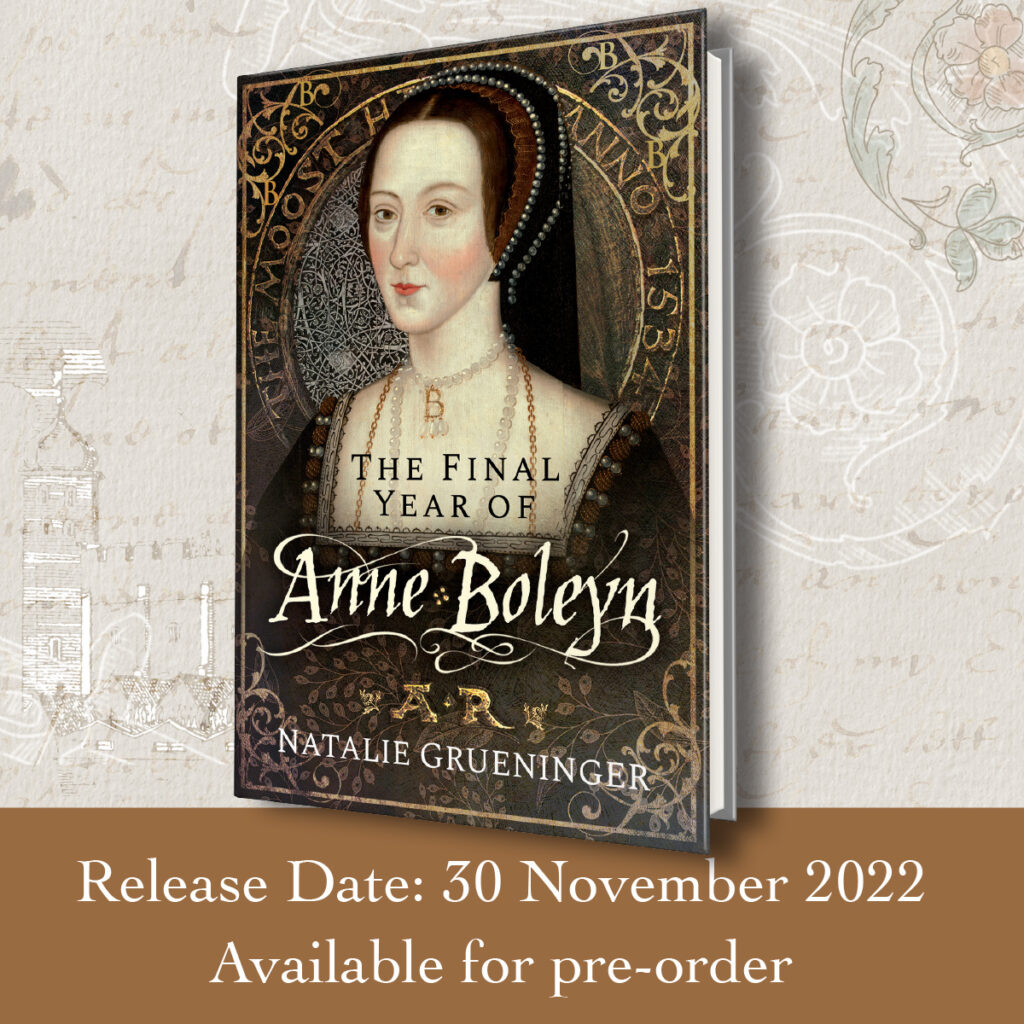
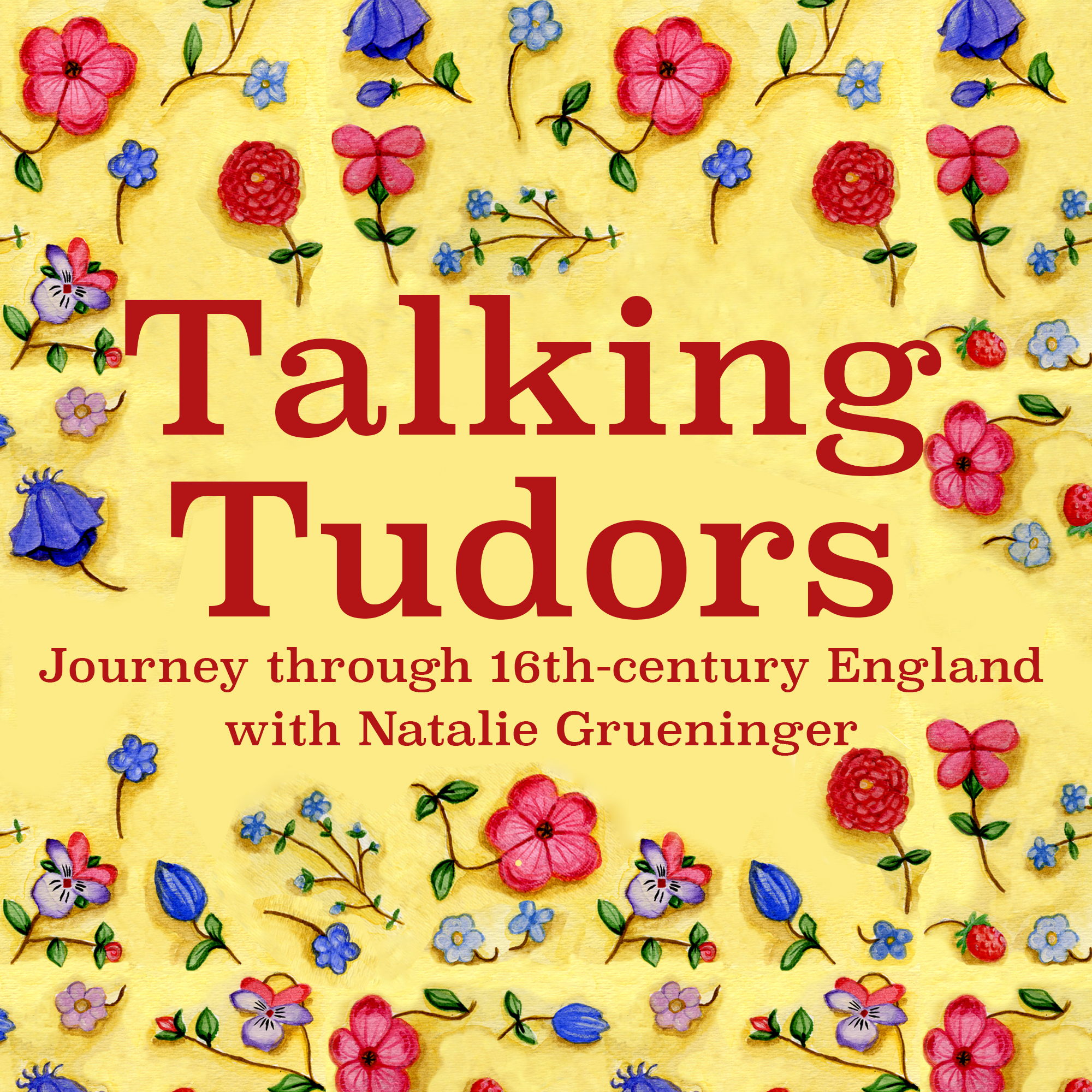

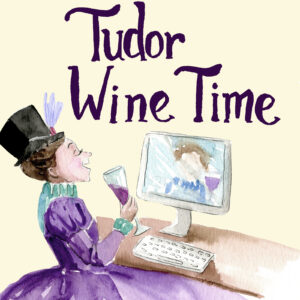
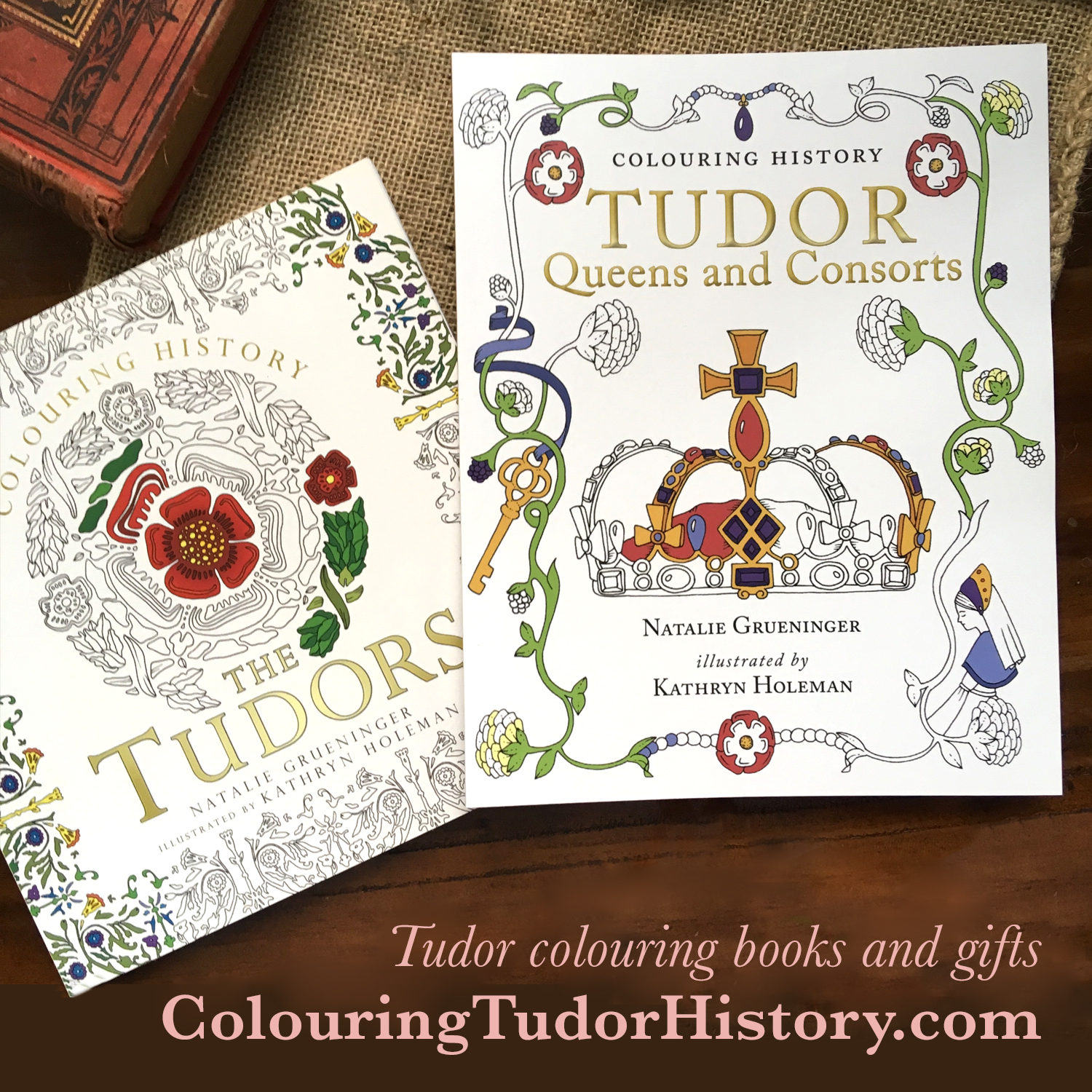



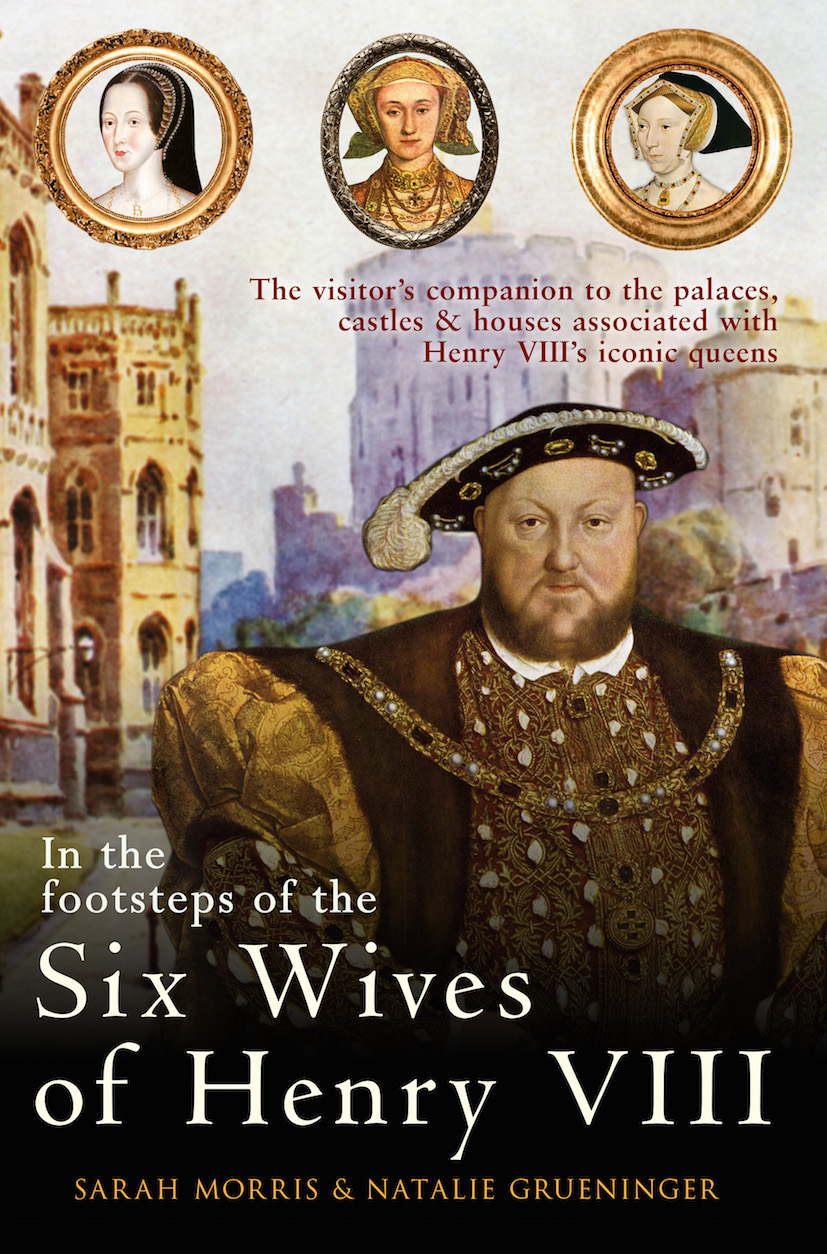
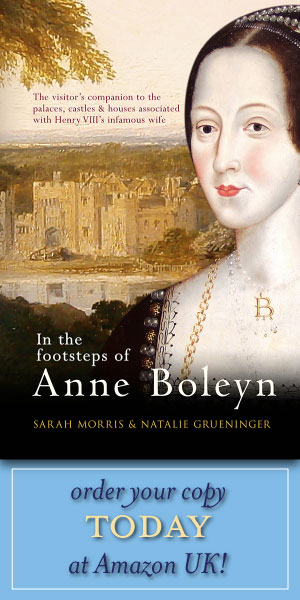


WOW! I most definitely would love to celebrate a Tudor style Christmas! (Although I’m not sure I could stomach a traditional Tudor Christmas pie!)
Thanks for this informative site. I live in a tudor inspired home, so the idea of celebrating in Tudor style – without the head loppings – sounds fun!
You are very welcome Chicagosue! And celebrating in Tudor style in your Tudor inspired home sounds just perfect 🙂
I really enjoyed this article. Thank you for sharing your wealth of knowledge pertaining to how the Tudor period celebrated Christmas.
I think so to
Hi this website is cool and helpful